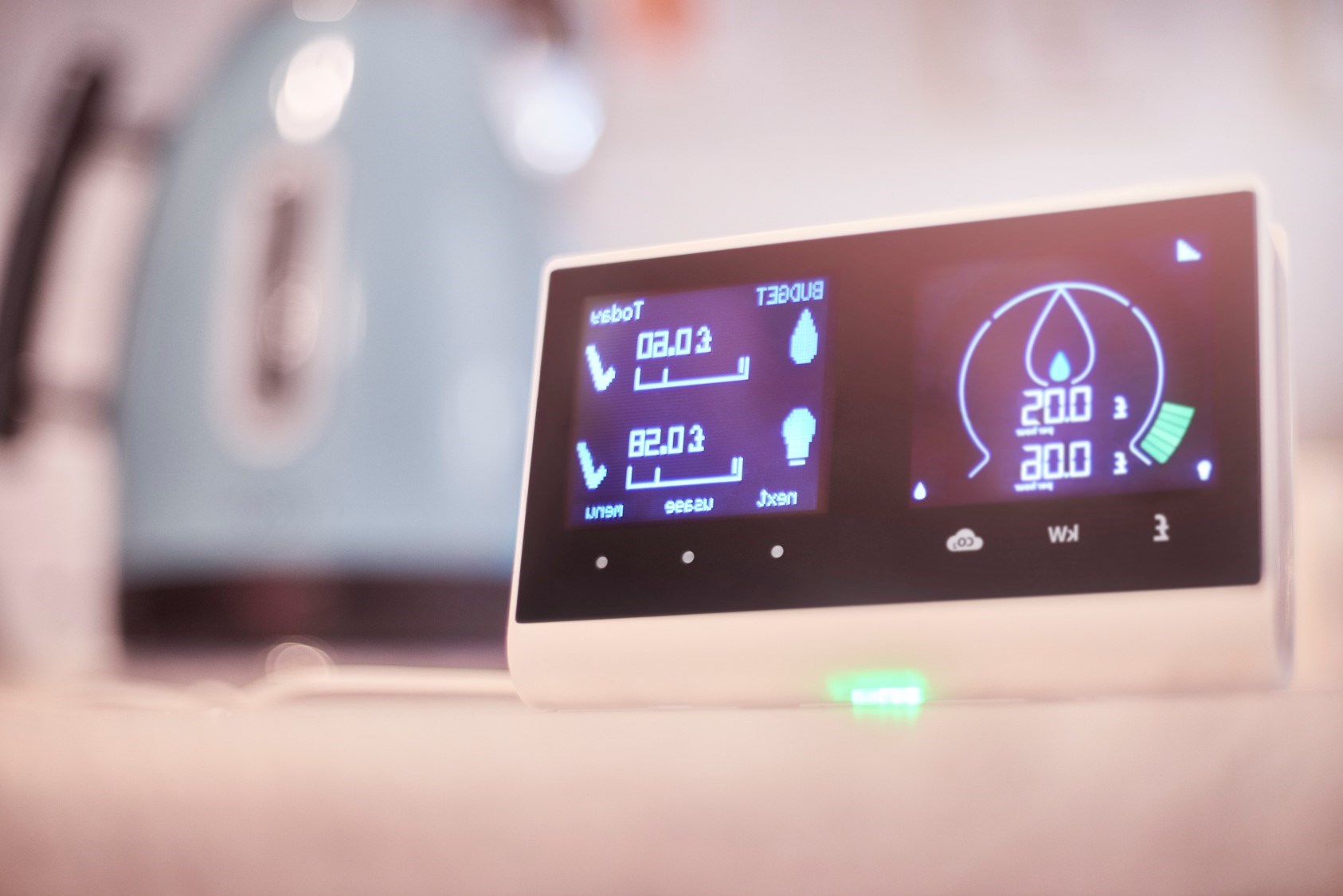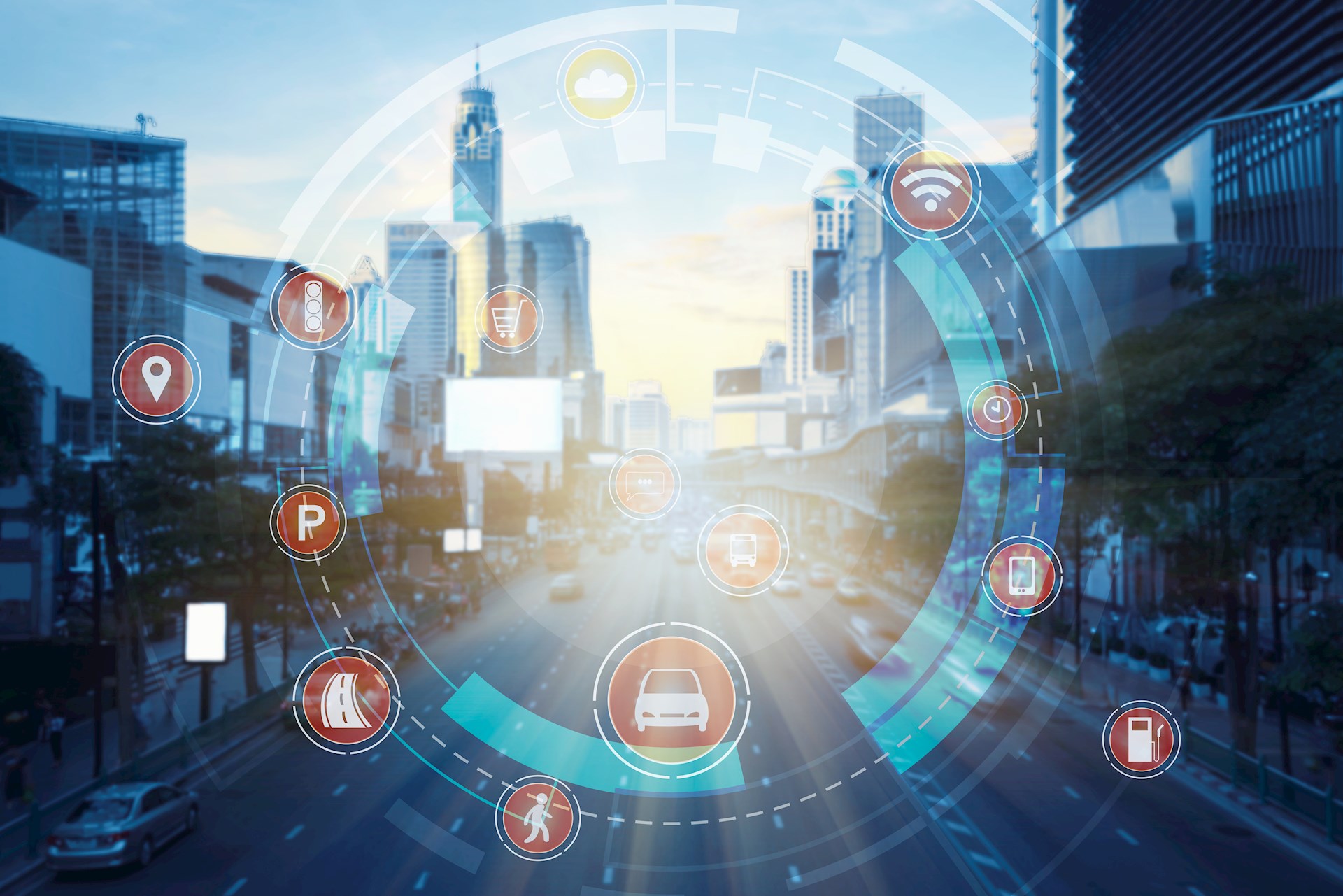This month I tackle the challenge of SMART and how it applies to homes, cities, infrastructure, and how it can provide a path towards net-carbon zero, as well as how the DCC enables it.
[S] System and Sensors
[M] Machine Driven Micro Decisions
[A] Algorithm Assisted Personalised Decisions
[R] Readily Accessible Information (Data) and Innovation
[T] Triggers that are Actionable to connected Things
Our home, cities, and infrastructure connect us. People are connected to places. Families to activities.
SMART keeps us secure and safe in day-to-day life. It can be as simple as a Residual Current Device in your home which keeps you safe. Or, if there’s an electrical problem, it’s a secure office environment which protects assets. Or a system that keeps public transport moving safely 24 x 7. SMART is everything in our connected world.
All these systems need sensors to ensure correct operation. From a simple infrared sensor that turns on a light to a CCTV security camera that detects suspicious activity, through to advanced sensors that can detect a train position and speed. All these sensors are combined to make a SYSTEM which is a set of things working together and are the foundation for SMART. Machine driven and Algorithm enabled smart decisions that use the Readily accessible data to control or Trigger devices. This is often referred to as the Internet of Things (IoT), or as we in the DCC focus on - the IoE or the Internet of Energy (IoE).
To be truly SMART, the system needs to make personalised and scenario specific decisions that optimise its operation to meet constantly changing external factors. Today, when we think of a ‘SMART home’ we tend to think of a system that can optimise the operation of devices in your home based on things like the external temperature, your location and your estimated return time, your mood or music. This may seem SMART, but in the future, we could do so much more using the SMART meter infrastructure enabled by the DCC.
A complex connected home can now include its own energy generation (solar), energy storage (battery), smart appliances, electric vehicles, a ground source heat pump and a daily changing home use pattern. In 2020 and 2021, our homes became our workplaces, our homes became our schools and our usage patterns changed. A DCC connected SMART home could enable innovative solutions using our secure connectivity platform built to the highest security and data privacy standards.
A DCC connected SMART home could enable a range of services for consumers:
- Heat your home based on your usage patterns and who will be home
- EV charging based on your travel plans for tomorrow
- Appliances powered up and down based on your usage needs
- Export a surplus of energy stored in your home or EV, back to your family, community, city or nationally.
- Choose your tariff; free to family, discounted to community or at a premium rate nationally, in real time based on your preferences.
Now, imagine consolidating this up to SMART communities, towns, highways, cities, and infrastructure - if that’s not SMART then what is!?
Next month, we will cover Network Evolution, what that means to the DCC, and how we will use it to ensure the smart meter continues to evolve to enable SMART.
Further reading







